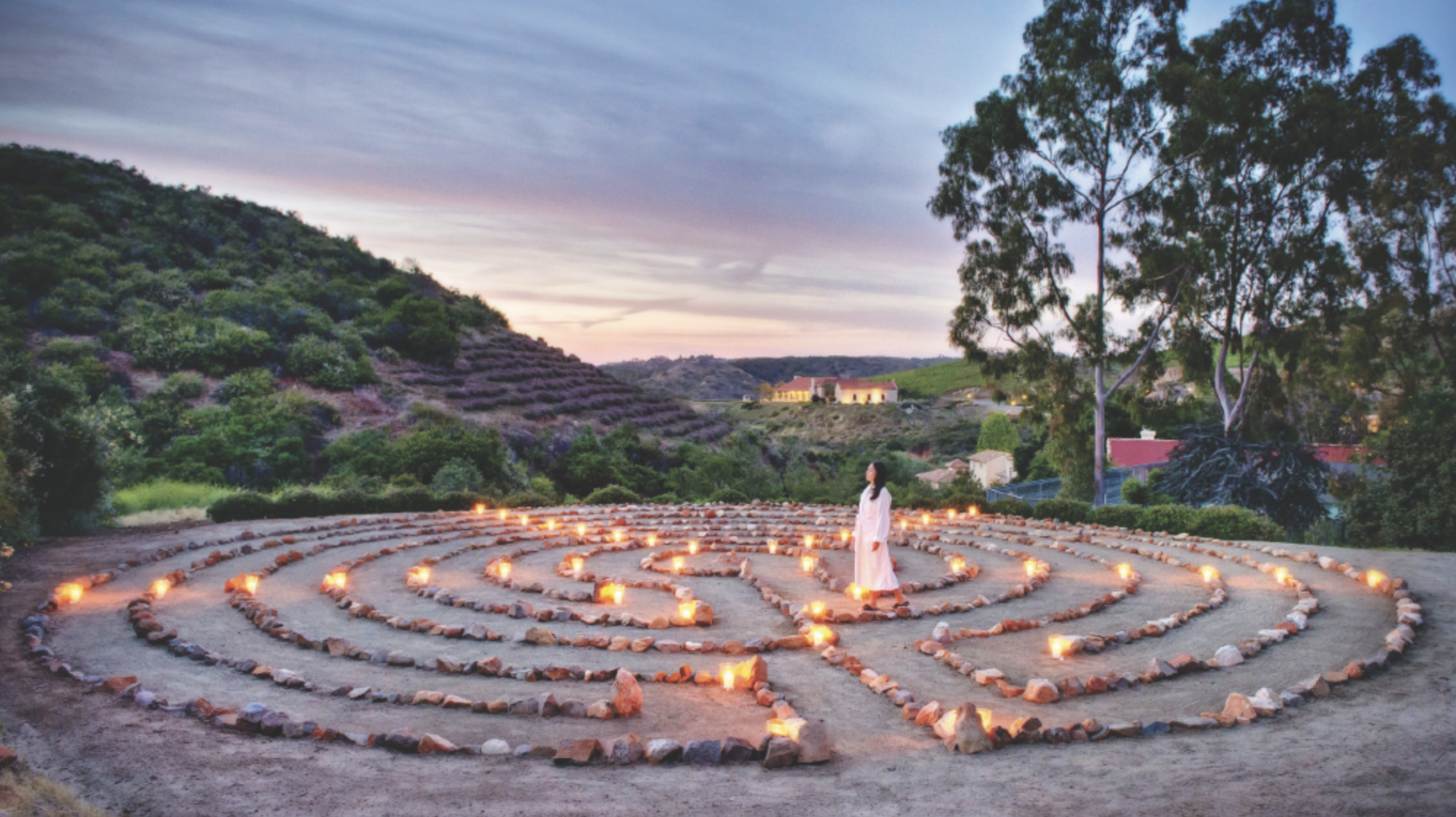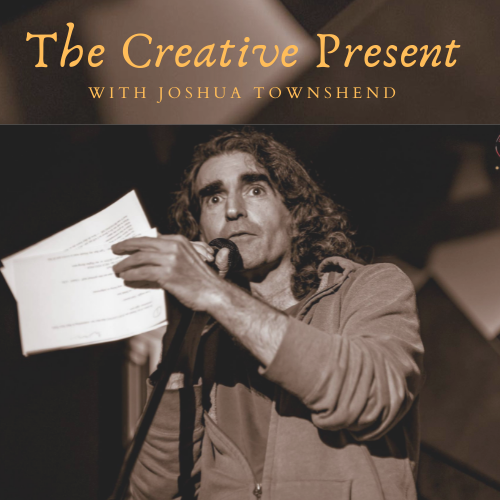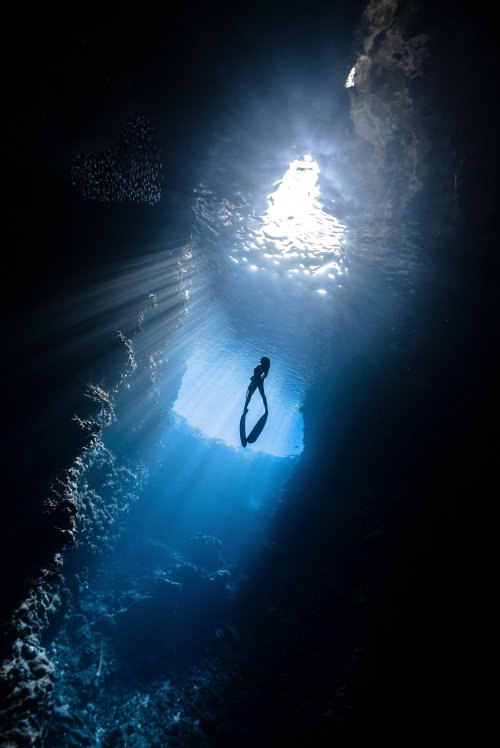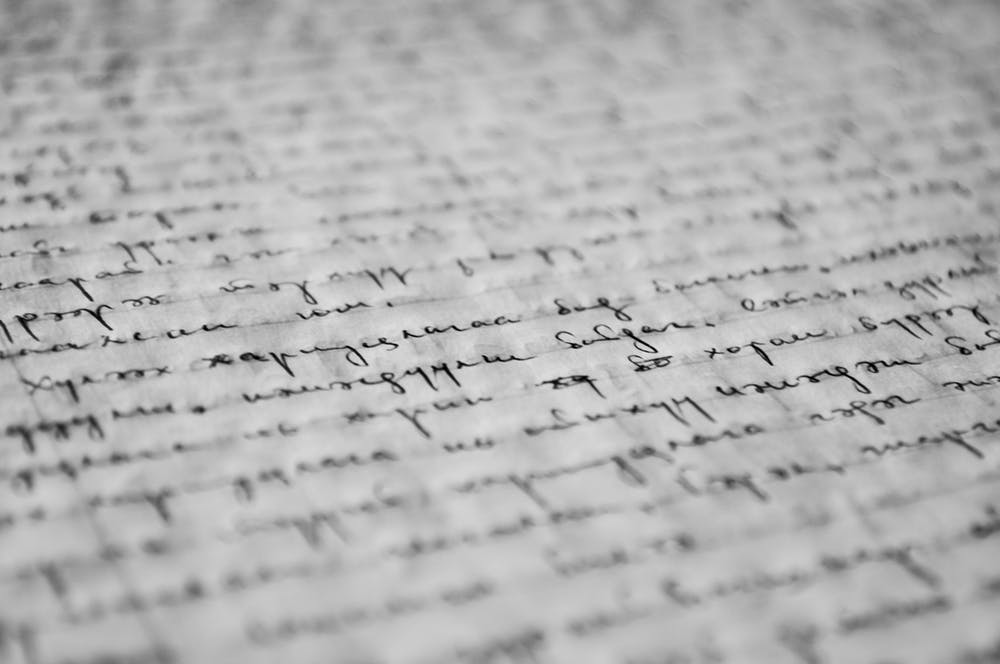Inhale deeply.
Exhale.
Great. So all day every day we are breathing we are breathing either whether we know it or not consciously or unconsciously while we sleep while we dry while we talk while we eat all day every day. We’re breathing. Breath has to do with inhalation. And exhalation. And then there’s this little thing called the breath hold where there’s a little thing where you hold your breath sometimes. So in normal day to day life, you know, you inhale you exhale, you inhale, you exhale. But at the at the top of every inhale.
There’s usually a little pause before you start your exhale, and at the bottom of every exhale, there’s a little pause before you start your inhale. Some of you might know I do a lot of breathing. People call it breath work or Pranayama or breathing exercises. There’s an opportunity when you do breath work, and also in day to day life, where we hold our breath. You know, remember when you were a kid, you know, you’d like be driving along and you’d be like, okay, you know, let’s, you know, let’s play a game of how hold how long you can hold your breath. So everyone would inhale. And then you would hold our when you would go swimming, right? You do a thing like how long can I hold my breath underwater, and most of the time when we do a breath hold, we are actually holding meaning tightening, meaning contracting, we hold our breath and what that does, it sets up a situation where you’re holding on to a pattern you’re shutting down your system with from new energy circulating, that seems self evident because you’re holding and when I do the work I do with breath work. I always share that what you want to do is you want to start looking at suspension. You want to look at suspending your breath, not holding your breath. You could say Oh, Joshua, Joshua, what are we talking about here? You know, you’re giving us linguistics? No, no, it’s more than that. When you hold and use the word hold, you know, there’s that tightening we just talked about. And when you suspend, there’s this beautiful energy of suspension of the energy inside of me still circulating without the change of my breath without altering the cycle of my breath. So I’m still sustaining My my, my breath hold, if you will, but it’s a suspension energy, so the energy continues. Okay, now Joshua, why are we talking about this? Why are we talking about this? Because it has to do with the creative act, you want to suspend the energy of whatever it is that you’re sharing. You want to suspend time and space. In other words go outside of time and space, and that’s why people feel like wow, that was so amazing. I didn’t know how long it was. Because there’s an active suspension as opposed to a holding. If I hold energy, if I hold someone’s attention, I can only hold their attention for a relatively brief amount of time.
And then there starts to be an uncomfortability where there’s a non change or you know, my attention shifts as an audience member. But if I can suspend the energy, and your you, meaning the audience are now in active participation with me and you’re wondering, oh my God, how long can this lasts, how much longer will this keep going? Now I can, I can actually start to work with the energy between the polarities and work with it in such a way that I create more suspension, more tension, more interest, if one landmass from another landmass with usually water a waterway is underneath it. And if I’m working with a short bridge, relatively short bridge, then what they normally do is they usually build some sort of steel footings on both sides and then you connect the steel footings and it’s steel, right? So it’s a bridge. It’s solid. It’s not going to go anywhere. It’s a fixed bridge. But when you go for a longer expanse, like the Golden Gate Bridge, then they use what they call a suspension bridge and a suspension bridge still has the anchors on both sides. But there’s this network of cables and a bunch of other things that’s far beyond my my pay scale here, but it’s built to suspend a lot of energy coming at it more so than a fixed bridge could handle. So if there’s like a windstorm or an earthquake or whatever natural element more energy to hold and because it has more fluidity like the bamboo, right, it can sway in the wind without breaking. But if something’s fixed and rigid, it’s going to it’s going to be more prone to snapping under a certain amount of stress or duress, from the nature of the natural element. And so it’s the same thing in story creation. It’s exactly the same. If you’re doing a short piece, maybe you can get away with something that’s fixed or something that just hold someone’s attention. But if you’re gonna go for an expanse, like the Golden Gate Bridge, then you better build a suspension bridge. That can take a lot of a lot more energy coming at it, and it becomes more malleable it can sustain more than the fixed bridge and that is so helpful when it comes to story creating storytelling and story sharing. So as you go about your day today, look at how many times you hold your breath in those special moments of life. And if you can, in those holes allow the energy inside of you to keep moving to keep circulating so that even though there may be a suspension of breath, the energy inside of you continues to flow. Thanks for listening and looking forward to our next time together.
[/vc_column_text][/vc_column][/vc_row]






